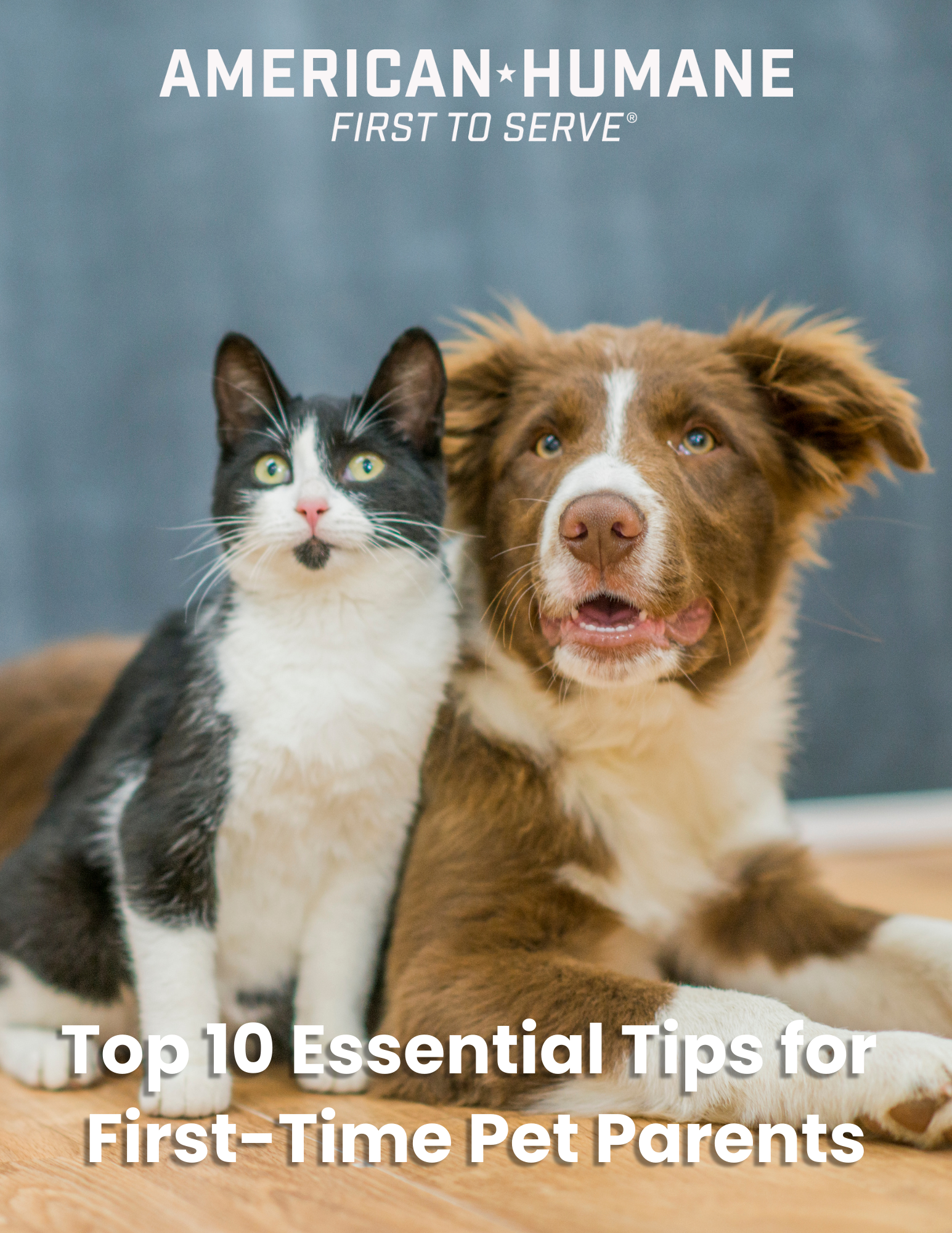
Feline leukemia (or FeLV) is the leading viral killer of cats. It weakens the immune system, increases susceptibility to other diseases, causes blood disorders and is the most common cause of cancer in cats.
Symptoms
Feline leukemia is sneaky. Cats may have no signs during early stages, and then over weeks, months or even years, health may progressively deteriorate. Or, an FeLV-positive cat may have recurrent illness interspersed with periods of relative health. Symptoms include:
- weight loss
- lethargy
- fever
- diarrhea
- unusual breathing patterns
- pale gums or a yellow color around the mouth and whites of the eyes
Methods of Infection
The virus occurs in saliva, nasal secretions, urine, feces and milk from infected cats. It is spread cat-to-cat through:
- bite wounds
- from an infected mother cat to her kittens
- during mutual grooming
- through shared litter boxes and feeding dishes (although this is rare)
Outdoor cats and indoor/outdoor cats are at greater risk than indoor-only cats.
Prevention
It’s best to take preventive measures against this typically fatal disease, because there is no cure for FeLV:
- A vaccine is recommended for all cats at risk of exposure, but the only sure way to prevent transmission is to prevent exposure to infected cats.
- Keep your cats indoors, away from potentially infected cats who might bite them.
- If you do allow your cat outdoors, provide supervision or place her in a secure enclosure.
The good news is that the virus will not survive outside a cat for more than a few hours in most environments.
Diagnosis
There are two types of blood tests for feline leukemia, and usually both are required for accurate results.
Care of FeLV-Positive Cats
If your cat is infected with feline leukemia, keep her indoors to reduce exposure to other infectious agents and prevent the spread of infection to other cats. We can’t predict the life expectancy of an infected cat, but unfortunately, most will succumb to a feline leukemia-related disease within two or three years after becoming infected.
It’s a good idea to replace food and water dishes, bedding, litter pans and toys used by an FeLV-positive cat — or clean and disinfect them using 4 ounces of household bleach diluted in a gallon of water — before getting a new cat.
And remember: Any new cats or kittens should be properly vaccinated before entering the household.

